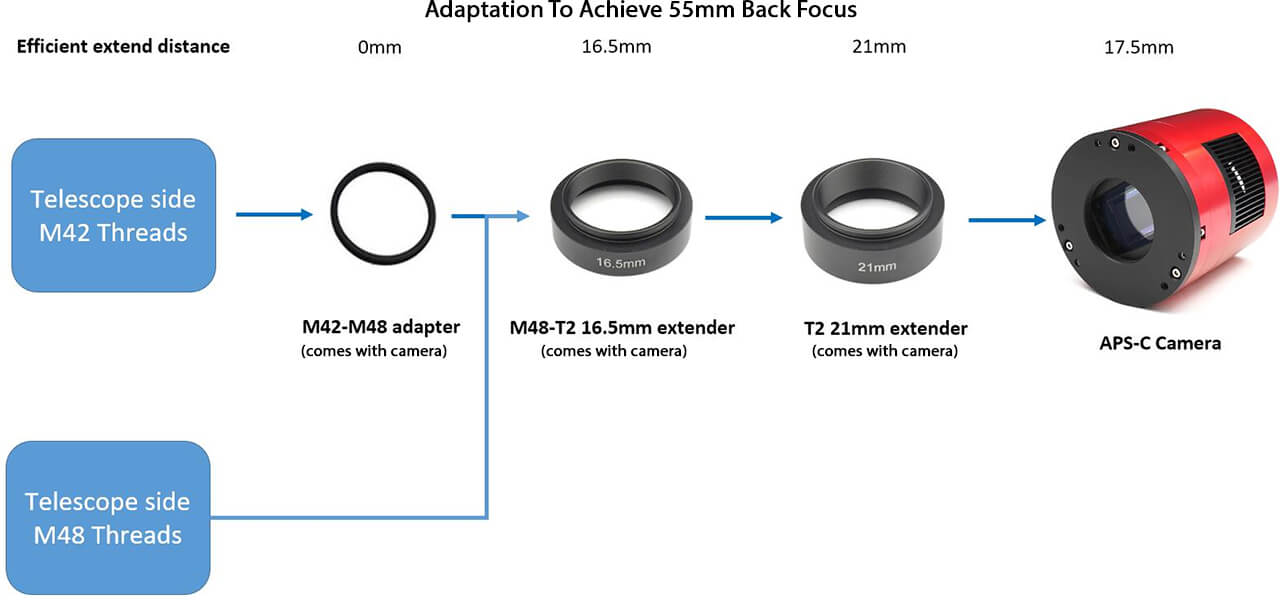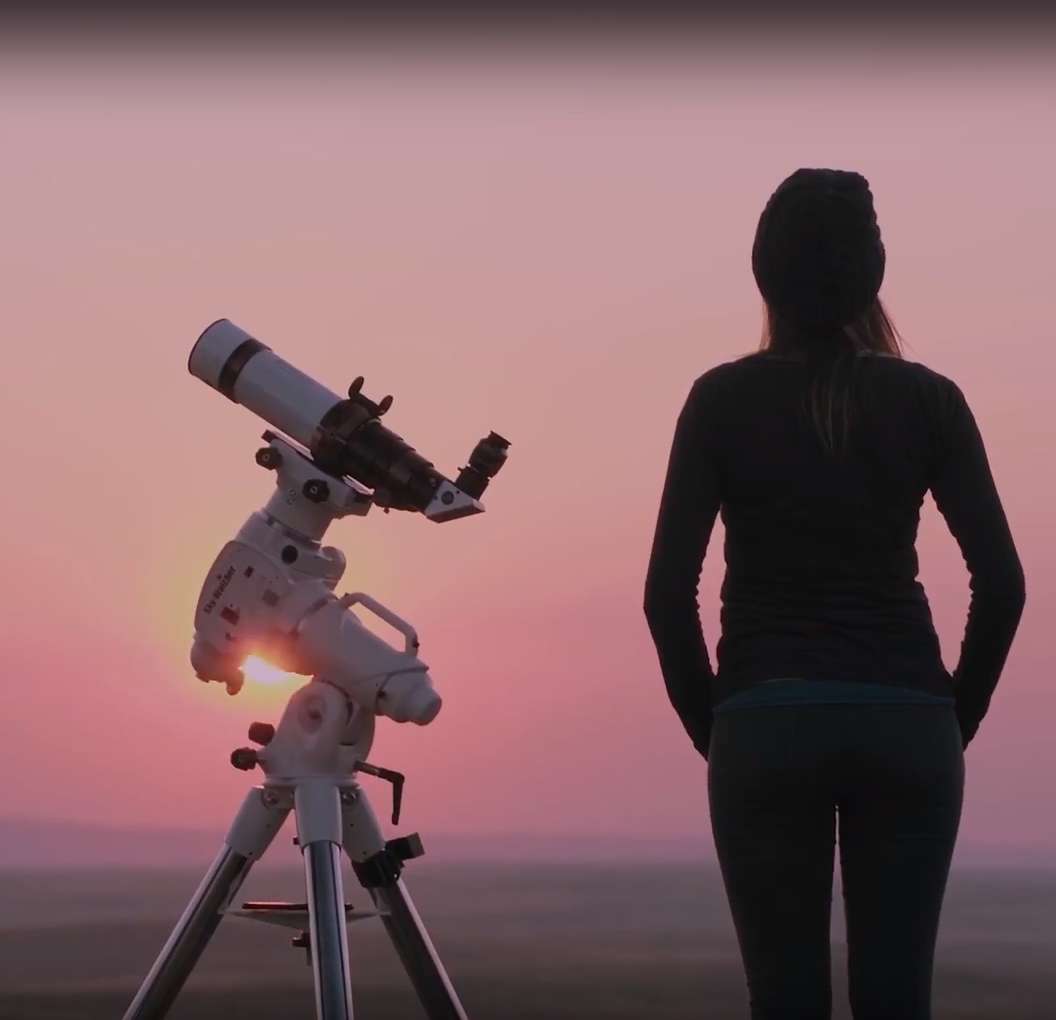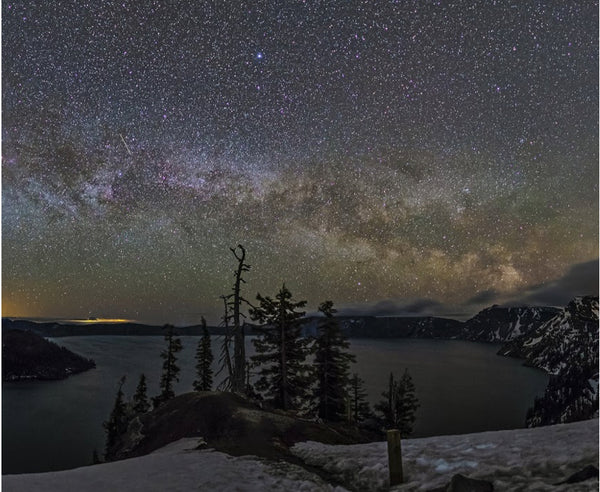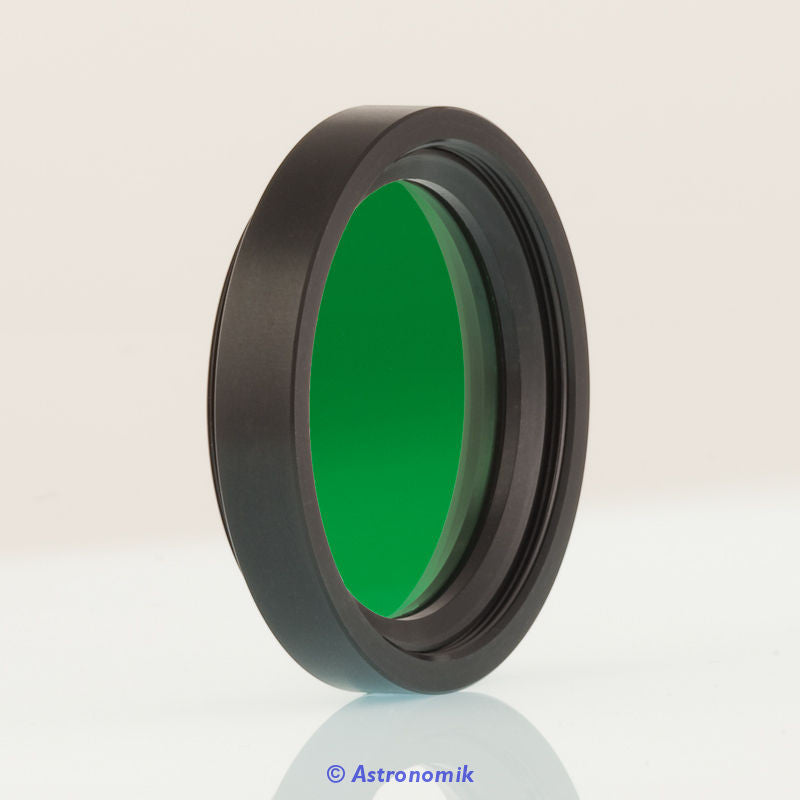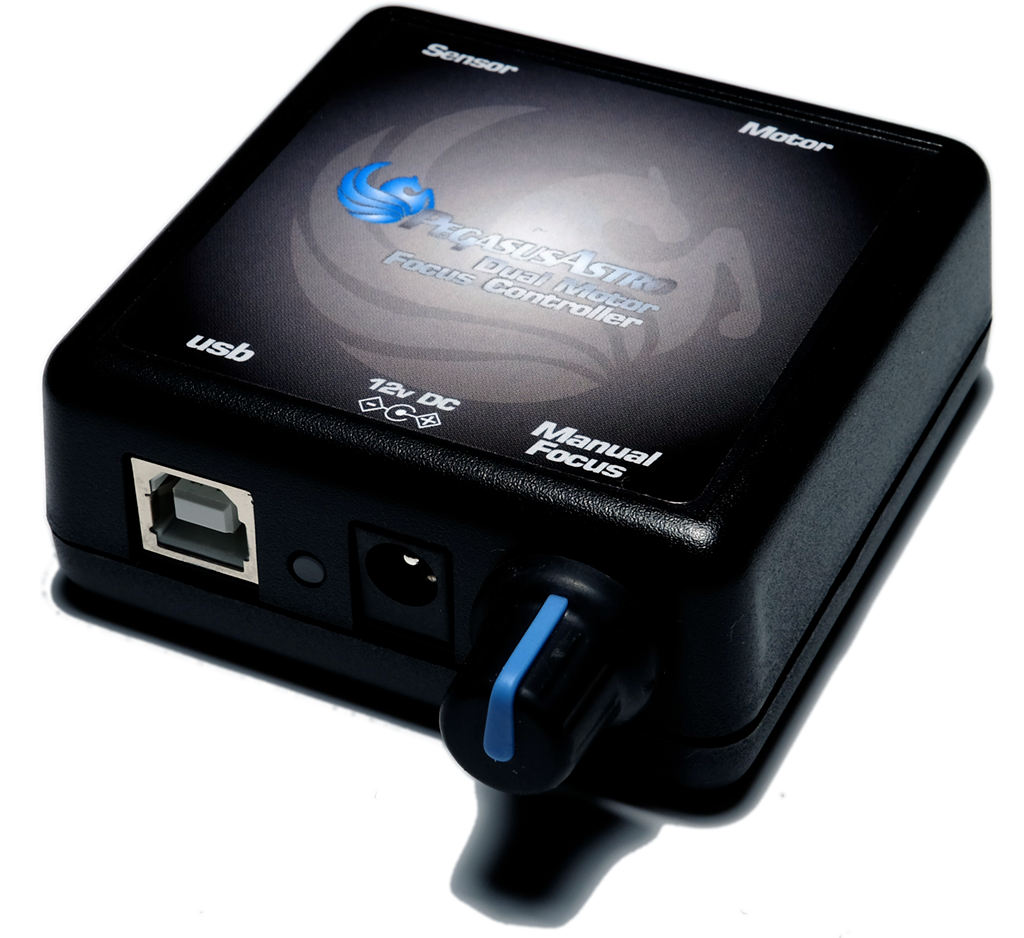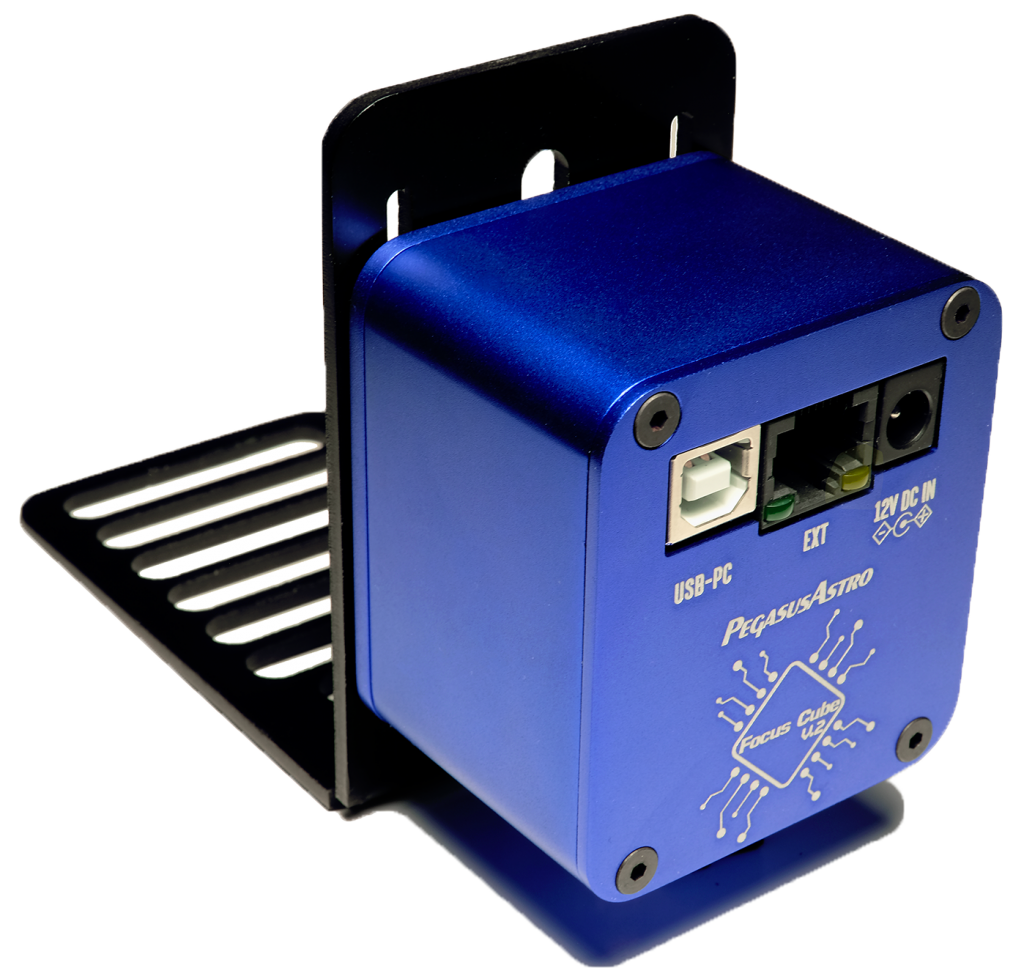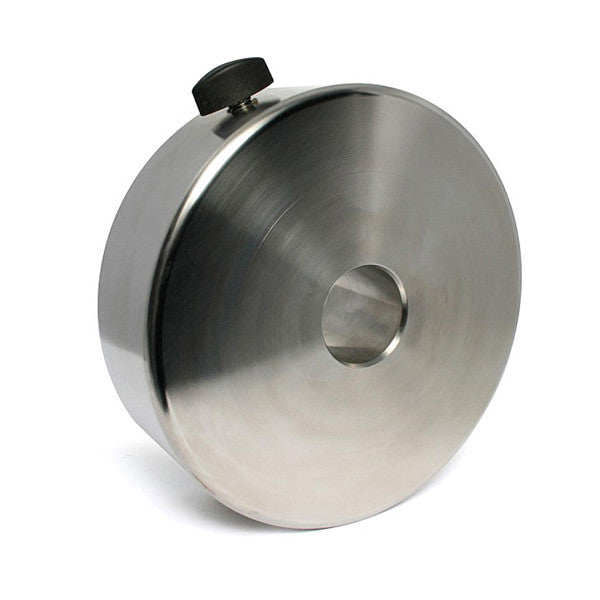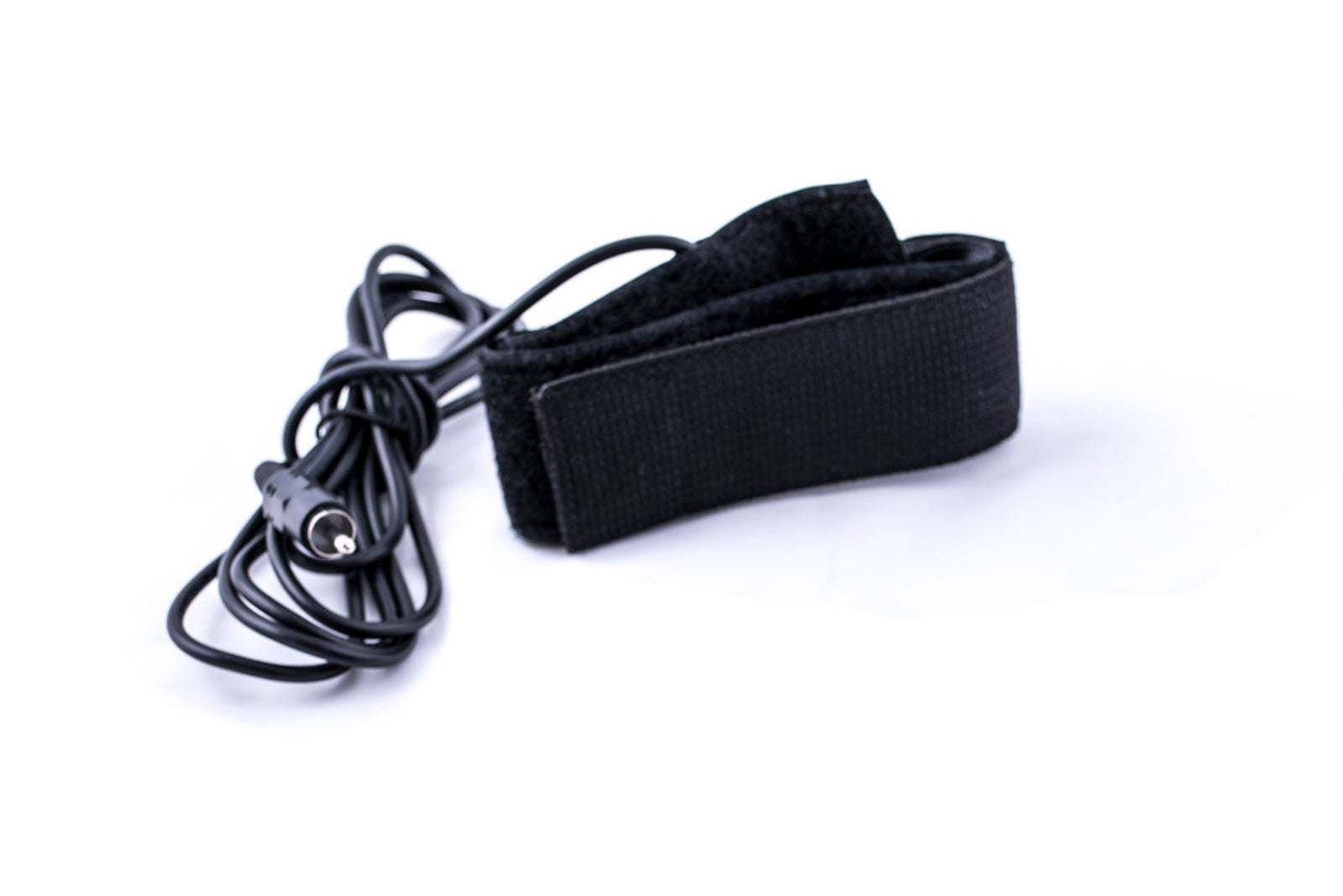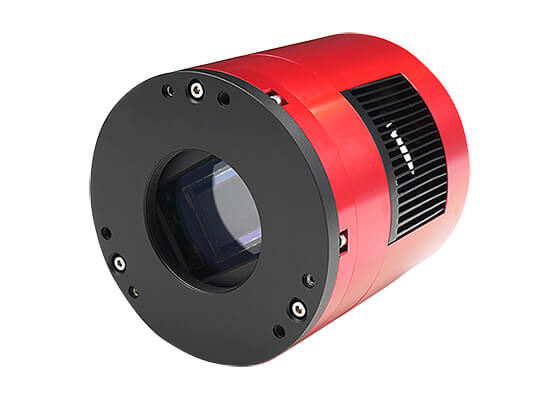Camera Sensor
The Sony IMX071
- The most popular Sony sensor!
- APS-C Diagonal 28.4 mm.
- 16 Megapixels (4944 x 3284).
- Very low read noise: 2.3 electrons at 24db gain & 3.3e the lowest gain setting!
- 14-Bit ADC: Provides a real 14-bit dynamic range.
- Electronic shutter: No vibration caused by a mechanical shutter.
- AR Window.
DDR Memory Buffer
The ASI071MC Pro camera includes a 256MB DDR3 memory buffer to help improve data transfer reliability. Additionally, the use of a memory buffer minimizes amp-glow, which is caused by the slow transfer speeds when the camera is used with a USB 2.0 port.

DDR memory buffer is the main difference between ASI “Cool” and “Pro” cameras.
Astrophotography Performance
ASI071MC Pro offers very good performance for astrophotography. Low read noise, and high dynamic range.

Dark Current
The Dark Current of ASI071MC Pro is better controlled with the help of DDR buffer and new improvement of hardware design.
Please check this 300s dark frame free of amp-glow.

Quantum Efficiency
The peak Q.E. value is approximately 50%.

Tilt-Adapter
The ASI071MC Pro includes a unique tilt adapter. This is extremely useful when you need to collimate the sensor plane on fast optical systems.

USB Port &Hub
USB 3.0 Port:Provides 5 GB bandwidth to make it possible for the ASI071MC Pro to run at 10 fps (14-bit, normal mode) at full resolution(16-megapixels).
USB 2.0 Hub:Manage your cables by connecting various accessories like a filter wheel, guide camera or electronic focuser. There are two short 0.5 m USB 2.0 cables included with the ASI071MC Pro. The hub is powered by the external power supply if you connect one.
New Mechanical Design
The ASI071MC-Pro camera comes with a completely upgraded anti-dew and mechanical body. The diameter of the camera body is increased to 86 mm (ASI071MC-Cool is 78mm), and the new structure seals the CMOS chamber that prevents frosting.

Anti-dew and Cooling System
The ASI071MC Pro has a two-stage TEC cooling system that allows deep cooling (35 degrees Celsius to 40 degrees Celsius below ambient). You will need an external power supply to power the cooler. An AC-DC power adapter is not included in this package, however, you can order one here.
We recommend using a 12V/3-5A or more DC adapter for cooler power supply (2.1 × 5.5, center positive). Using a battery with 9-15V is also suitable for the cooler power supply. The anti-dew heater will heat the AR protect window to avoid any dew problems. The heat anti-dew heater power is around 3.6W and can be turned off in the software to save power.

Diagrams
System Chart

- 2-inch filter (optional).
-
EOS-T2 adapter.
- M42 to M48 extender 16.5 mm.
- M42 extender 21 mm.
- Focal reducer, flattener, or corrector.
-
ZWO OAG.
Mechanical Drawing

